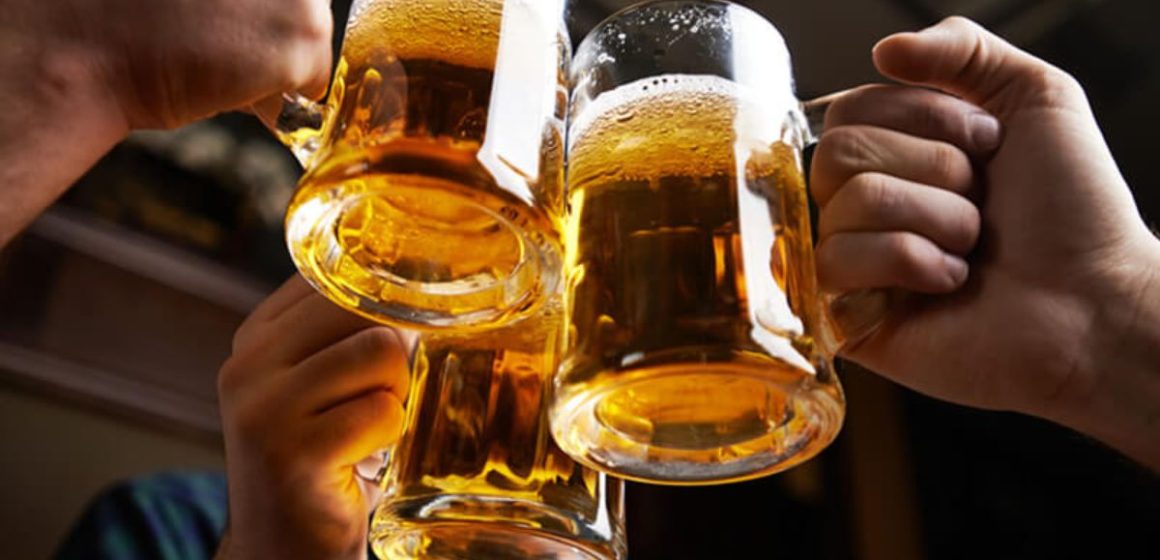On Thursday, Spokane Mayor Lisa Brown introduced two ordinances that may prohibit the purchase of single-serve alcohol containers, including cans of beer, as well as smoking paraphernalia.
A new initiative aims to create an Alcohol Impact Area within the downtown precinct of the Spokane Police Department, covering approximately 2% of the city’s geography. A news release states that the AIA will take the place of another measure that was unintentionally repealed by the previous administration.
Brown’s ordinance aims to reduce crime associated with the sale and consumption of alcohol from off-site locations, including liquor, grocery, and convenience stores. If given the green light, it would become unlawful to purchase single-serving containers within the AIA.
“Reestablishing an Alcohol Impact Area is an important step toward addressing some of the root causes of crime within downtown Spokane,” Police Chief Kevin Hall wrote in the release. “Our data shows that when the previous downtown AIA was in place, it was directly correlated with a lower rate of alcohol-related calls for service.”
A 2021 study conducted in Baltimore revealed that each off-premises retailer was linked to a 16.6% increase in the neighborhood’s overdose rate, challenging the common perception of drugs and alcohol as distinct issues.
Earlier this month, Hall revealed that approximately 70% of the city’s drug offenses take place within the downtown precinct of SPD, which represents just around 2% of Spokane. Alcohol-related incidents have increased by 64% in the past three years, as stated in the release.
Research indicates that off-premises retailers are more likely to establish locations in low-income, minority neighborhoods. Spokane’s Riverside neighborhood features three locations for every 1,000 residents, with half of the population living below the federal poverty line, as stated in the release.
Brown’s second ordinance aims to prohibit the sale and distribution of smoking paraphernalia unless sellers offer naloxone, also known as Narcan, at no cost.
The Bureau of Justice Assistance National Training and Technical Assistance Center reports that a single naloxone kit ranges from $22 to $60, excluding training or personnel expenses; however, the medication itself is generally pricier than a pipe and foil.
“These targeted emphasis areas help create safer and healthier neighborhoods,” Brown wrote in the release. “Through these ordinances, we are working to improve overall public health, enhance safety, and address long-standing inequities that disproportionately impact vulnerable communities.”
The sale of items like glass pipes and foil is generally permitted, but the substances intended for use with them, including fentanyl, are illegal. Nonetheless, the downtown area frequently serves as a quick glimpse into the realities of homelessness, addiction, and various mental and behavioral health challenges.
This month, Hall reported that the city’s CORE plan led to just 13 service provider referrals from the 143 individuals reached out to downtown in the initial 30 days. Every one of the 143 individuals has been involved in nearly 2,200 local arrests throughout their lives, with about half of them contributing to 93% of those arrests.
“A very small number of individuals creating a large number of crimes,” he said at the time.



Leave a Reply